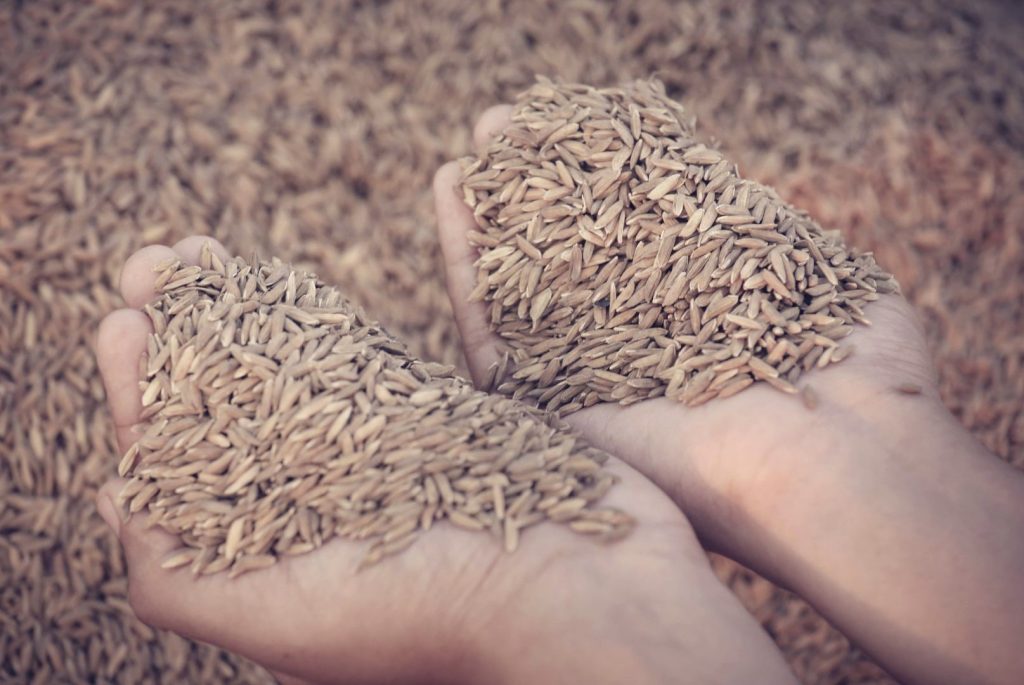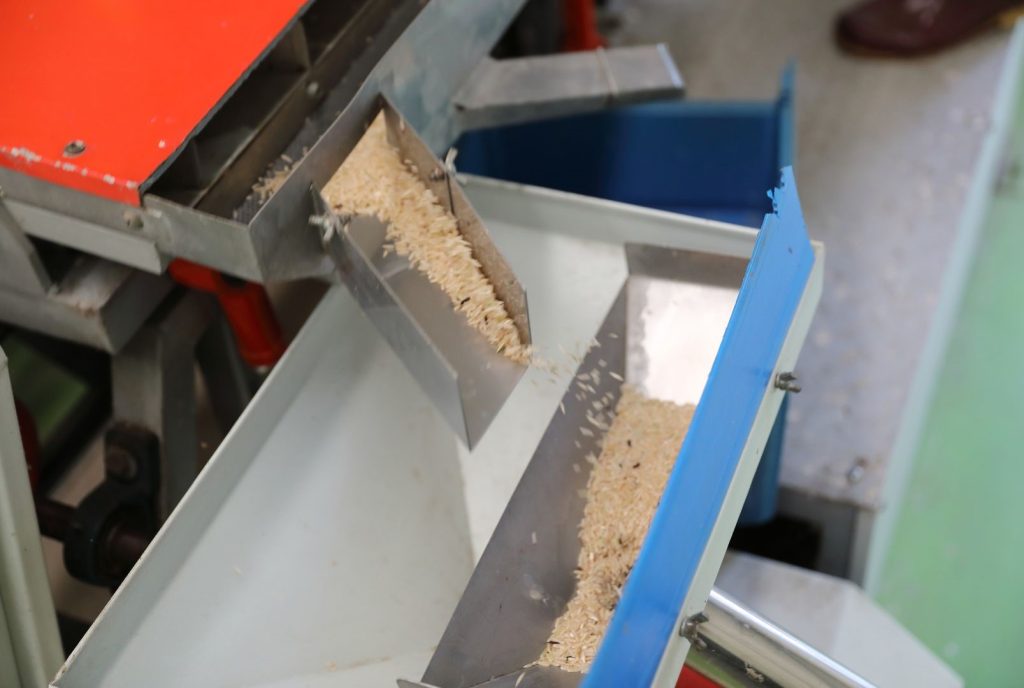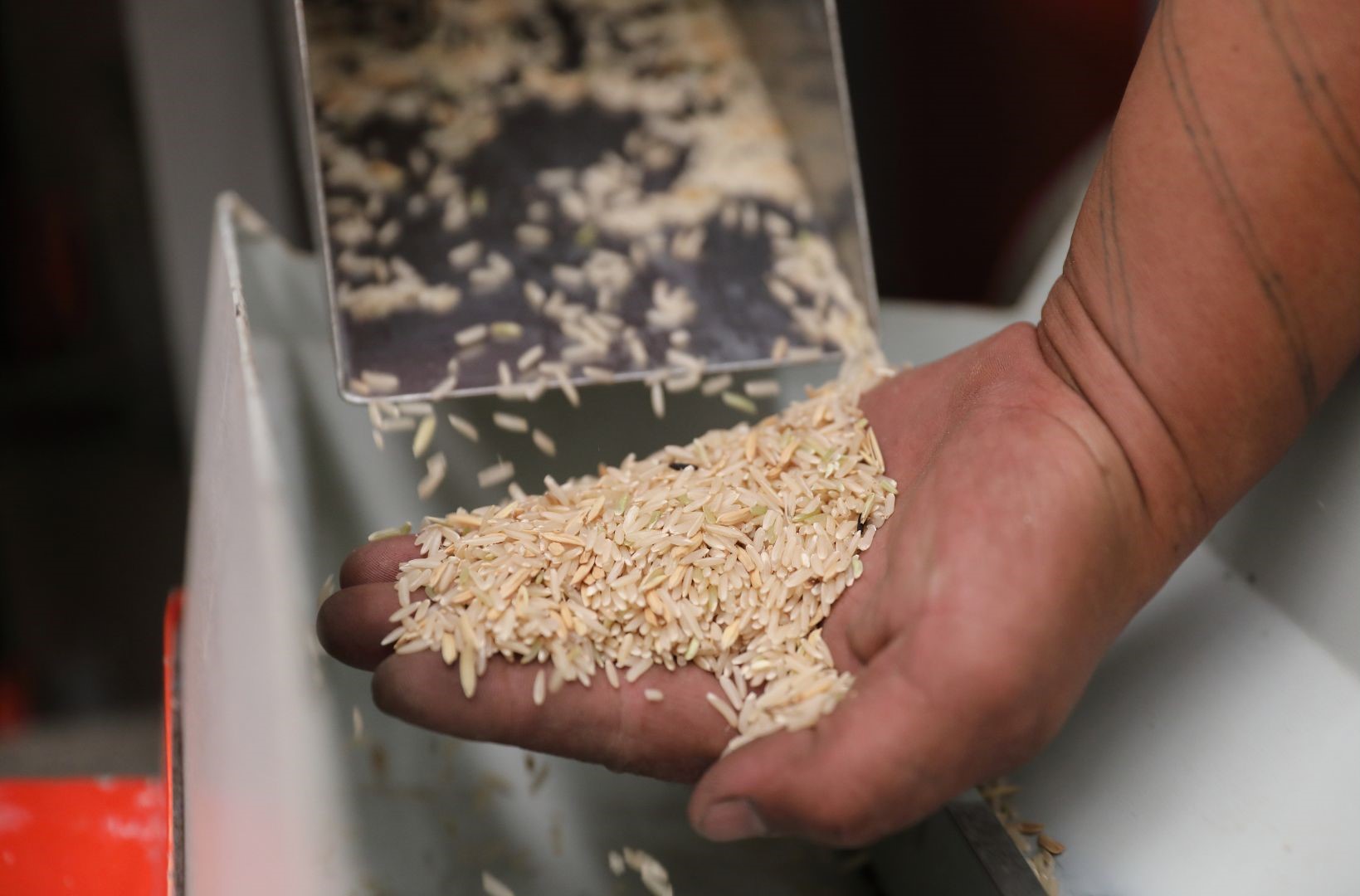Paddy Processing: A Complete Guide
Rice is one of the most important staple foods in India, which is the second-largest producer of paddy in the world. In 2022, the paddy production was around 129 million metric tons. The paddy produced has to be processed to make it consumable in the form of rice grain.
Paddy Rice
Basic paddy processing involves cleaning it of external material, removing the husk, and polishing the rice. The whole process of paddy processing can be divided into 3 steps:
Procurement of Paddy
After the paddy is harvested, the farmers dry the grains to reduce the moisture from 25% to 14%. Then it is brought to the processing plant for quality check and storage. The quality parameters include:
When farmers bring their paddy to rice mills, several quality checks are typically conducted at the purchase point to assess the quality, grade, and value of the paddy. Here are some common quality checks:
- Moisture Content: One of the critical parameters checked is the moisture content of the paddy. Proper moisture levels ensure the longevity and quality of the rice. Moisture meters are often used to measure the moisture content accurately.
- Purity: The paddy is inspected for foreign materials such as stones, straw, weeds, etc.
- Physical Appearance: The overall physical appearance of the paddy, including color, size, and uniformity, is assessed. Discolored or damaged grains will affect the quality and market value of the rice.
- Varietal Purity: In some cases, especially for specific rice varieties, the purity and authenticity of the paddy variety are checked to ensure that it meets the desired quality standards.

Paddy Rice Harvested
Processing of Paddy
- Pre-cleaning: The initial cleaning process involves removing large impurities such as stones, sticks, and straw using pre-cleaning machines.
- Dehusking (Hulling): The paddy is then placed into a huller machine, which removes the outer husk from the rice grain, producing brown rice.
- Separation of Brown Rice and Husk: The brown rice obtained from the huller is separated from the husk using a separator machine.
- Polishing: The brown rice undergoes a polishing process to remove the outer bran layer and germ, resulting in polished white rice.
- Head rice separation: The polished rice is separated into head rice, larger broken, and small broken rice.
- Grading and Sorting: The polished rice is primarily separated based on color and appearance. This step improves the quality of rice by removing defective, discolored, and foreign materials. The end product has a uniform consistency and safety and increases the market value of rice.
- Packaging: The sorted and graded rice is packaged into bags or containers for distribution and sale. Proper packaging ensures the quality and shelf-life of the rice.

Types of Rice Produced
Raw Rice
Raw rice, also known as white rice, is the most common and widely consumed rice type worldwide. It undergoes a milling process that removes the husk, bran, and germ layers, leaving behind the starchy endosperm. The resulting grain is polished to achieve a clean, white appearance. Raw rice is preferred for its fluffy texture, mild flavor, and versatility in various culinary applications.
Steam Rice
Steam rice goes through a unique steaming process, conducted in tanks without prior paddy soaking. This sets this variety apart. After steaming, the rice is milled to remove the husk and chaff and then polished to perfection, leaving only the endosperm.
Parboiled Rice
Parboiled rice is a distinct variety with its own unique processing method. In parboiling, the rice paddy undergoes soaking, steaming, and drying before milling. Parboiled rice is popular because it maintains shape and firmness during cooking. The partial gelatinization of the starch during parboiling also imparts a firmer texture, making it less prone to overcooking.

Factory Machine Milling Rice
By-products of Paddy Processing
Rice Bran
One of the primary by-products of paddy processing is rice bran, the outer layer removed during milling. Despite being often discarded, rice bran is a nutritional powerhouse. Rich in dietary fiber, essential fatty acids, and antioxidants, rice bran has gained recognition for its potential health benefits. It is a valuable ingredient in producing edible oil and animal feed and even as a supplement due to its nutritional density.
Rice Husk
As the outer protective layer of the paddy grain, rice husk is separated during milling. With its high silicon content, rice husk finds application in various industries, including the production of bio-energy, animal bedding, and even insulation materials. Transforming rice husk into bio-energy not only reduces waste but also contributes to sustainable energy solutions.
Broken Rice
During the milling process, some rice grains may break or fracture, resulting in what is known as broken rice. It is used in alcohol production, where it plays a crucial role in the fermentation process. Additionally, broken rice finds application as animal feed, contributing to the agricultural sector.
References:
Son, Seung-Wan & Nam, Young-Ju & Lee, Seung-Ho & Lee, Soo-Min & Lee, Soo-Hyung & Kim, Mi-Ja & Lee, Theresa & Yun, Jong-Chul & Ryu, Jae-Gee. (2011). Toxigenic Fungal Contaminants in the 2009-harvested Rice and Its Milling-by products Samples Collected from Rice Processing Complexes in Korea. Research in Plant Disease. 17. 280-287. 10.5423/RPD.2011.17.3.280.
Gupta, R., Sharma, S., & Singh, J. (2020). Procurement and Quality Checks in Paddy Processing: A Case Study from India. Journal of Agricultural Engineering, 57(4), 24-31. https://doi.org/10.1016/j.jae.
Patel, A., Patel, B., & Patel, C. (2019). Processing of Paddy: Technological Advances and Challenges in India. International Journal of Food Science and Technology, 74, 92-101. https://doi.org/10.1016/j.
Kumar, V., Kumar, A., & Singh, R. (2018). Innovations in Paddy Processing: A Review of Recent Developments in India. Agricultural Engineering Today, 42(3), 56-63. https://doi.org/10.1016/j.aet.
Mishra, S., Singh, P., & Das, A. (2019). Economic Analysis of Paddy Processing Industry in India: Trends and Challenges. Journal of Agribusiness in Developing and Emerging Economies, 14(3), 48-55. https://doi.org/10.1108/jadee-










































































